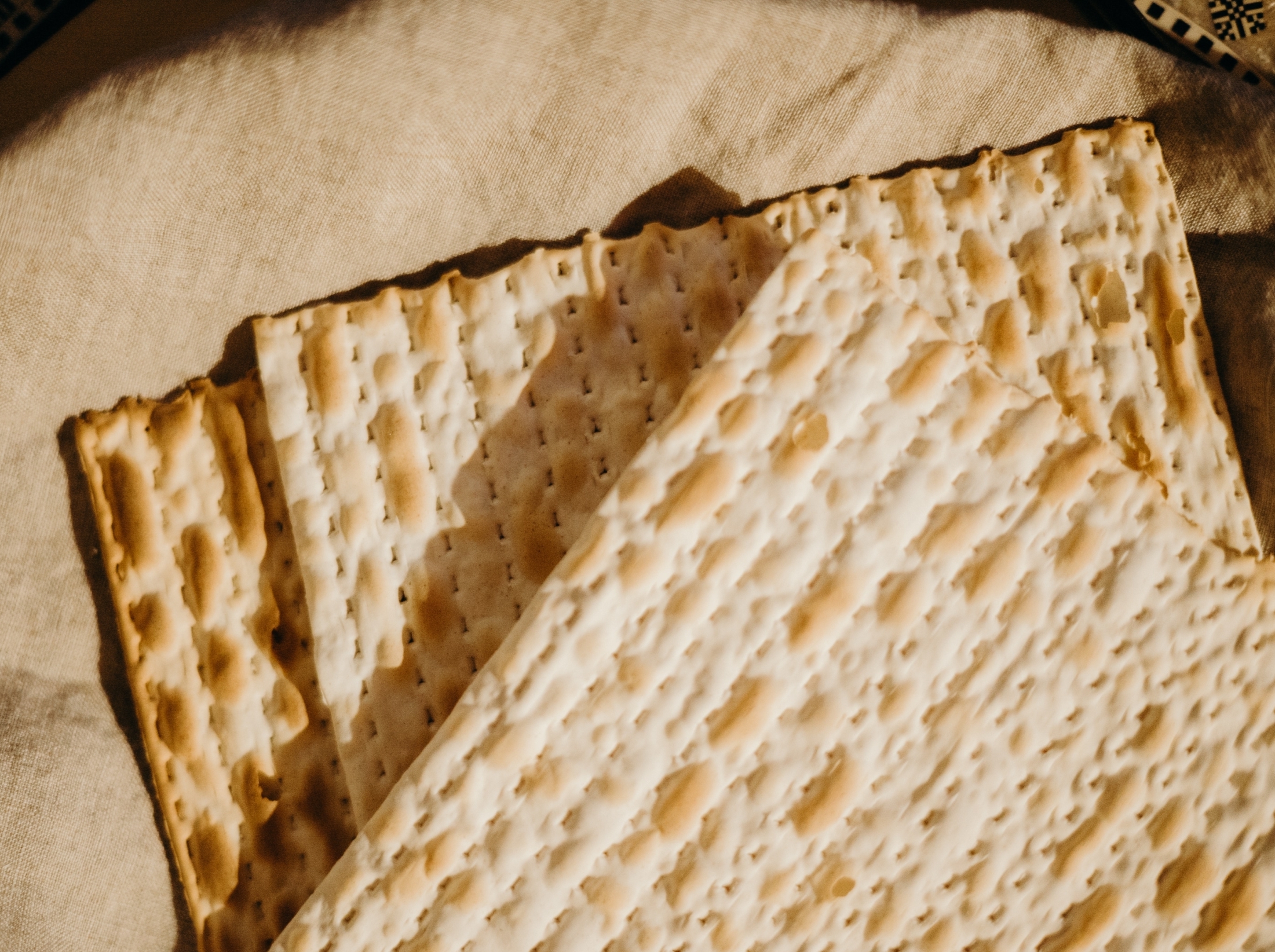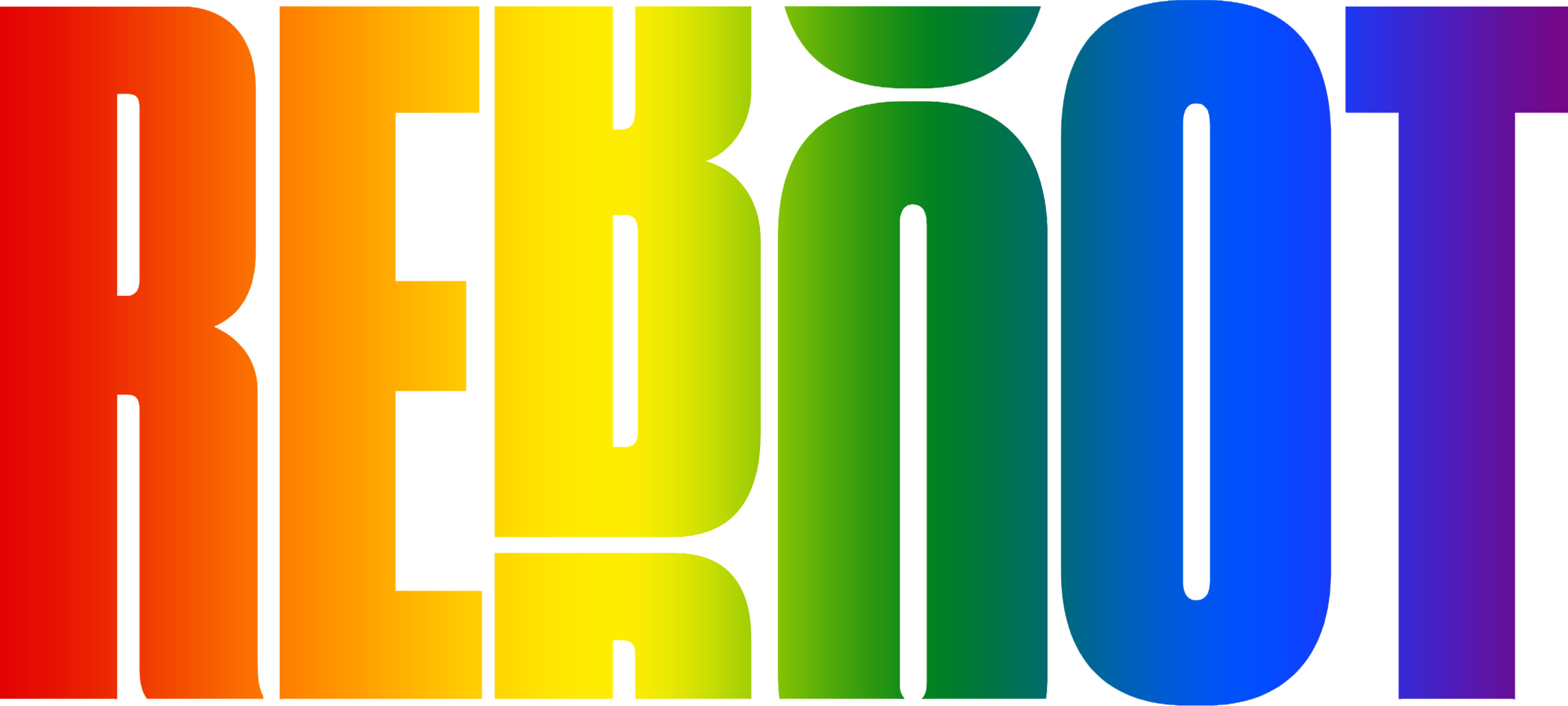
Traditionally eaten over the Passover holiday, Matzo is an unleavened bread filled with symbolism. In biblical times of the Exodus from Egypt when the Israelites did not have enough time for their bread to rise. Matzo is considered lechem oni, “poor man’s bread” which reminds us to be humble in contrast to risen bread containing leaven which can symbolize pride with the rising of the dough.
Matzo is made by mixing flour with water, followed by kneading, rolling and baking the dough. According to Rabbinic law, the baking has to be done within 18 minutes, otherwise it will rise. Matzo flour may be whole or refined grain, however, it must be made from one of the five grains: wheat, spelt, barley, rye or oat. Some Sephardic customs allow for matzo to be made with fruit juice and/or eggs to be used throughout the Passover holiday.
On the first night of Passover, shmurah matzo is eaten. Shmurah means guarded in Hebrew. This matzo is made from grain that has been guarded from the time it was harvested to make sure no fermentation has occurred.
The history of the popular Jewish dish Matzo ball soup is said to have derived from Jews living in Eastern Europe when dumplings were being introduced into cuisine and Jews were adapting them to dietary restrictions. Kneidlach Matzo balls are made by grinding the bread down to meal and mixing the product with eggs, water, and a fat such as oil or chicken fat. In Yiddush, Matzo balls are called “ kneidlach”. It is hard to determine when Matzo balls came into existence, however, we know it has biblical origins because of its key ingredient of matzo.
While this unleavened bread has been the central Passover focus each year with Jews around the world giving up leavened bread- hametz– Reboot created “Plastover”- a sacrifice that has an immediate impact on the world. Plastover focuses on mindfully freeing ourselves from the plague of plastic waste and committing to eliminate use of single-use plastic for the duration of the Passover holiday.
